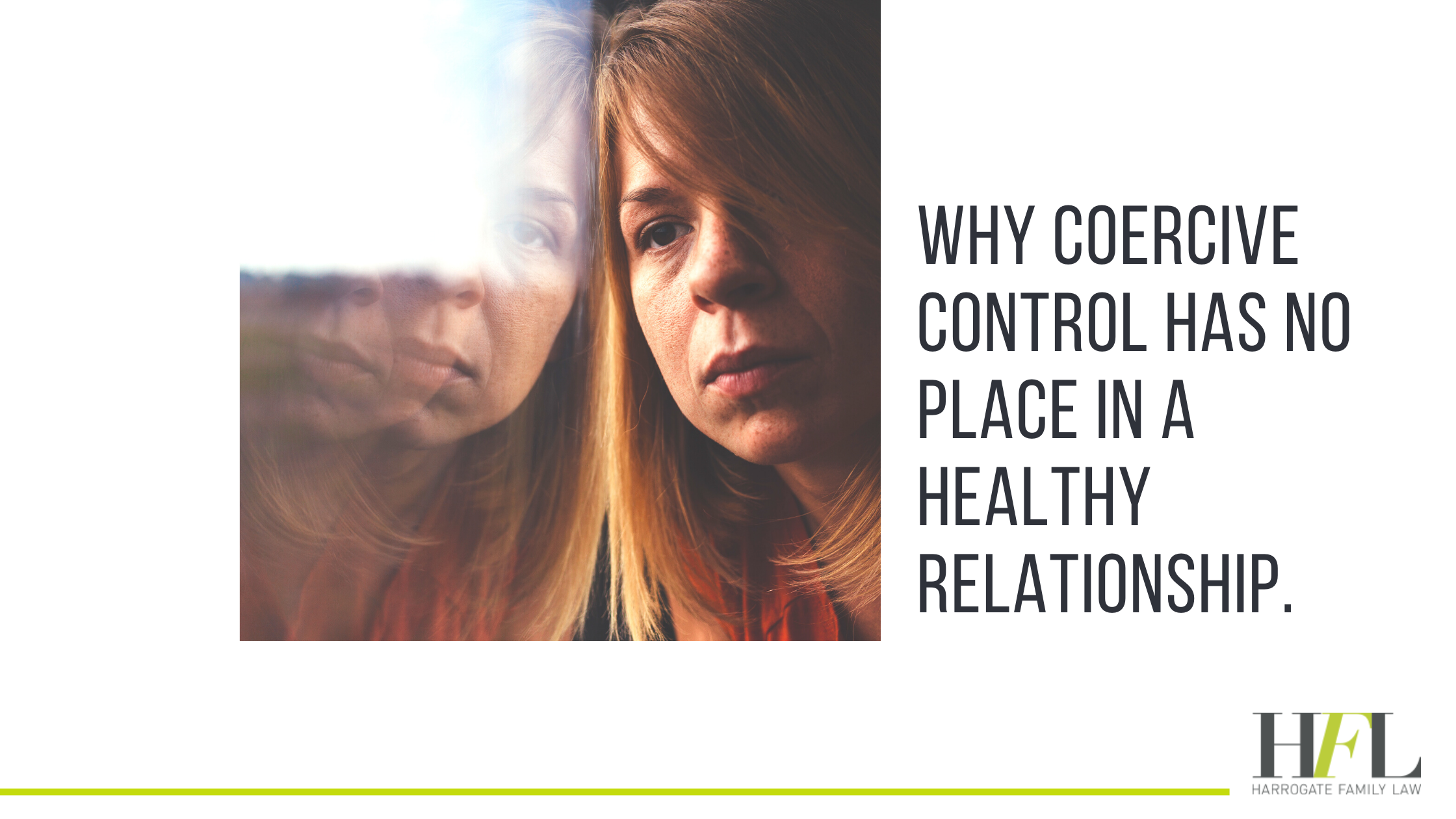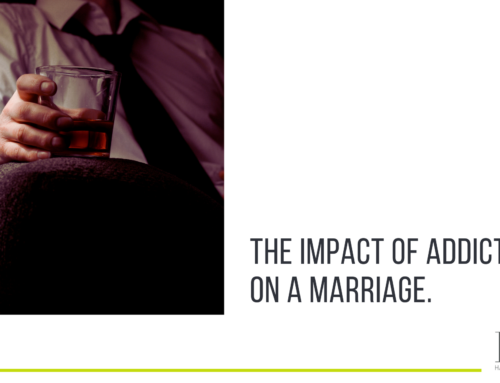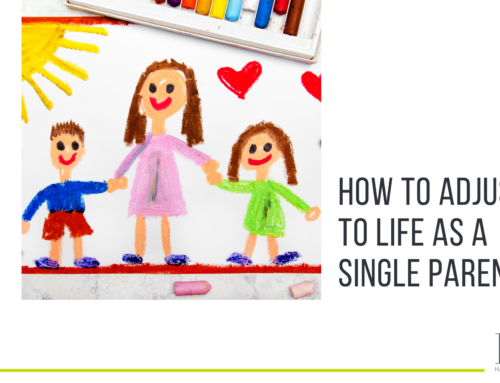An unhealthy relationship can take many forms. And not all of those are visible to outsiders looking in. Coercive control is one of those subtle, long term behaviours. The consequences of it aren’t immediately obvious, but it’s a sinister and constant addition to your relationship.
Coercive control can be described as an act or a pattern of behaviour including threats, intimidation and humiliation. Often this behaviour will be used as a way of punishing, harming or frightening the victim.
One thing is most definitely for certain; coercive control has no place in a healthy relationship. And here’s why.
It’s a crime.
After many had criticised what they saw as a ‘gap in the law’, coercive control was recognised as a crime in December 2015 and is dealt with by the courts under the Serious Crime Act. If convicted of coercive control, the guilty party could face a maximum of five years in prison.
If you feel your partner is exercising coercive control over you, it’s important to keep a log of the behaviours. Start gathering evidence and a timeline, just in case you need to prove the pattern of behaviour at a later date. Copies of emails, phone records, texts, diaries can all be helpful in these situations.
If you’re worried that a friend or loved one is potentially a victim of coercive control, keep an eye on the situation. Be mindful that their sense of self may have become distorted. They may struggle to see themselves as a victim and as such, not listen to the advice you’re trying to give. Keep a track of any times they have isolated from social occasions or their behaviour towards you changes with no explanation. And just be there for them until they’re ready to make a change.
Coercive control makes it difficult to leave a relationship.
When one side of the relationship is dominating the other, it makes escape very difficult. In a healthy relationship, both parties should be free to leave it at any time. After all, if the relationship isn’t working, moving on should be a viable option.
Part of coercive behaviour is to make the victim believe they cannot survive without the perpetrator. Often, this will mean the victim hands over control of all aspects of their life, including bank accounts and other important day-to-day functions.
This makes it incredibly difficult for the victim to then leave the relationship. They’re led to believe that they will have nothing, and no-one, if they do.
The effects on the victim’s mental health are severe.
When you’re subject to a prolonged period of damaging behaviour, it slowly chips away at your sense of self; who you are as a human being. Gaslighting and other controlling behaviours can cause victims to question their own memory and at times, even their own sanity.
The result? Very often, the victim will become almost entirely dependent on their abuser. And when that happens, all sense of what a healthy relationship looks like and should be is lost.
Reading this blog, it’s easy to think that coercive control is oh so obvious to spot. Who wouldn’t know it was happening to them, right? But the danger of coercive control is the length of time over which it takes place. It’s abuse by stealth. The realisation hits that what started out as a loving, (overly) affectionate and demonstrative relationship, is anything but.
If you need further guidance and advice on how to escape from a controlling relationship, please contact Harrogate Family Law today.






